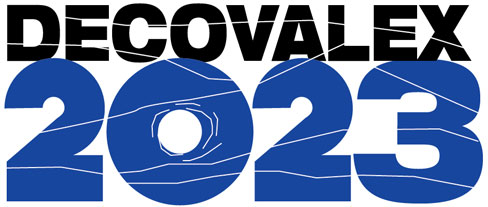
DECOVALEX-2023 is the current and 8th project phase and runs from 2020 through 2023. Modeling teams from 17 international partner organizations participate in the comparative evaluation of seven modeling tasks involving complex field and/or laboratory experiments in the UK, Switzerland, Japan, France and Sweden. Together, these tasks address a wide range of relevant issues related to engineered and natural system behavior in argillaceous and crystalline host rocks.
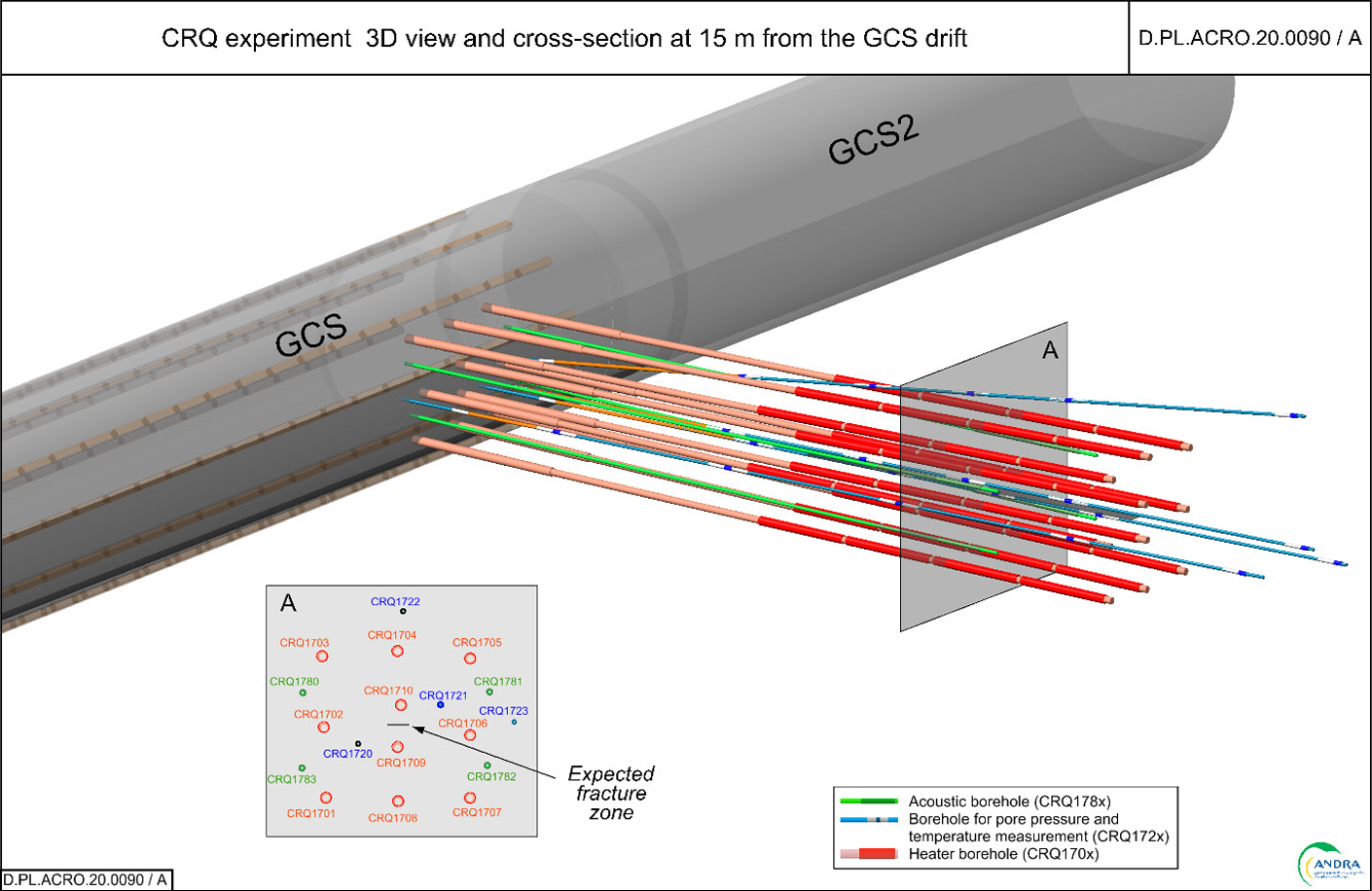
Task A addresses both areas related to the fluid pressurization within the COx and its resulting fracturing. It will also contribute to a robustness demonstration that these processes will not occur at the repository scale. More »
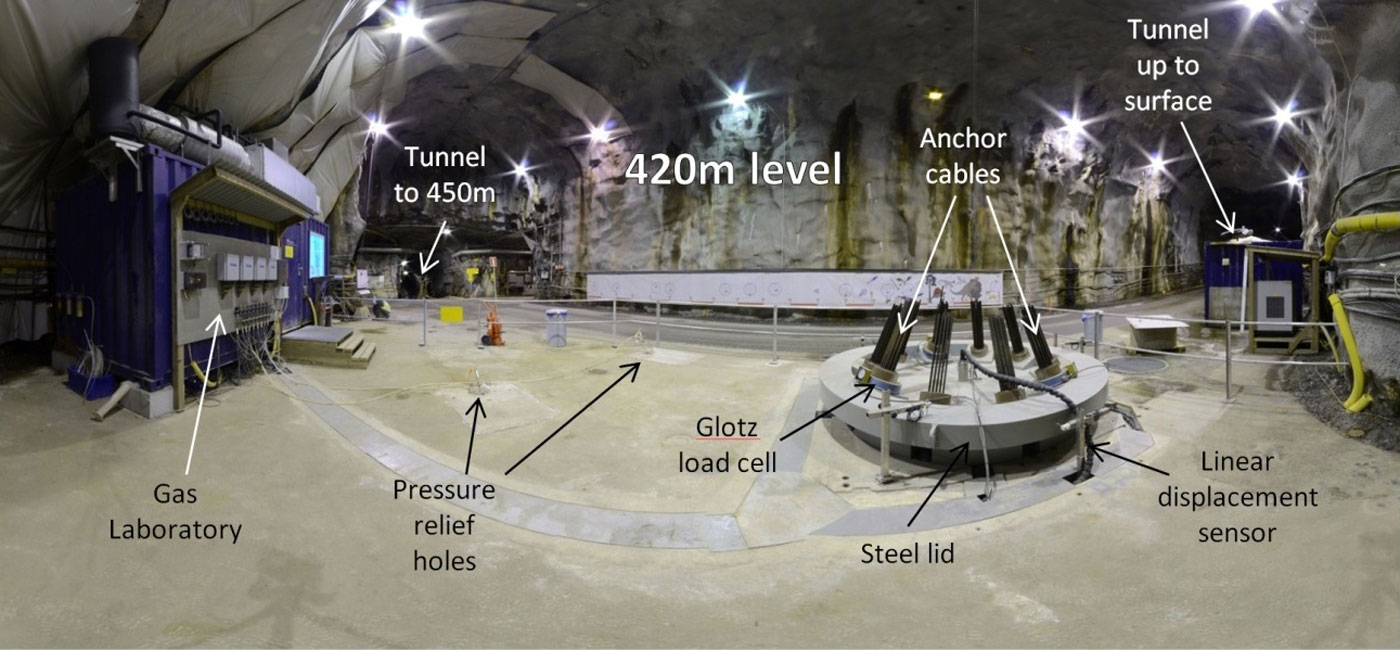
Several concerns were raised in Task A D-2019 as some key features in the modelling of advective gas were still unclear. With these concerns in mind, development of new numerical representations for the quantitative treatment of gas in clay-based repository systems are therefore required, and are the primary focus of Task B under DECOVALEX-2023. More »

The full-scale emplacement experiment (FE experiment) at the Mont Terri Underground Rock Laboratory was designed to replicate the emplacement tunnel of Nagra’s reference repository design at 1:1 scale. The focus will be to understand pore pressure development in the Opalinus Clay and how this is affected by heating, engineering factors (e.g. shotcrete, tunnel shape) and damage due to tunnel construction and thermal effects. More »
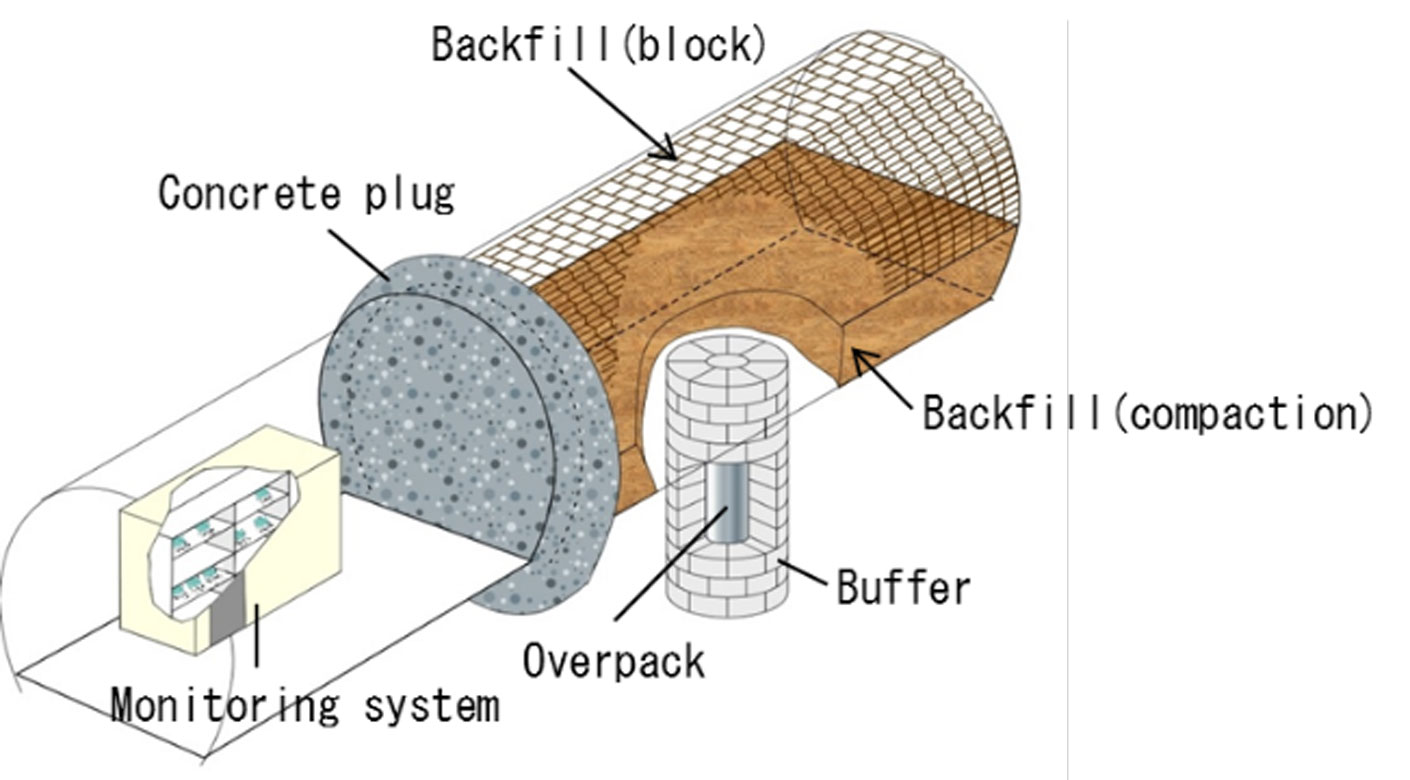
Full scale in situ Engineered Barrier System (EBS) experiments have been addressed in several phases of the DECOVALEX project where water infiltration into the buffer material after the emplacement was analyzed. The task being conducted here focuses on the incorporation of such buffer material density changes into the analysis codes. More »
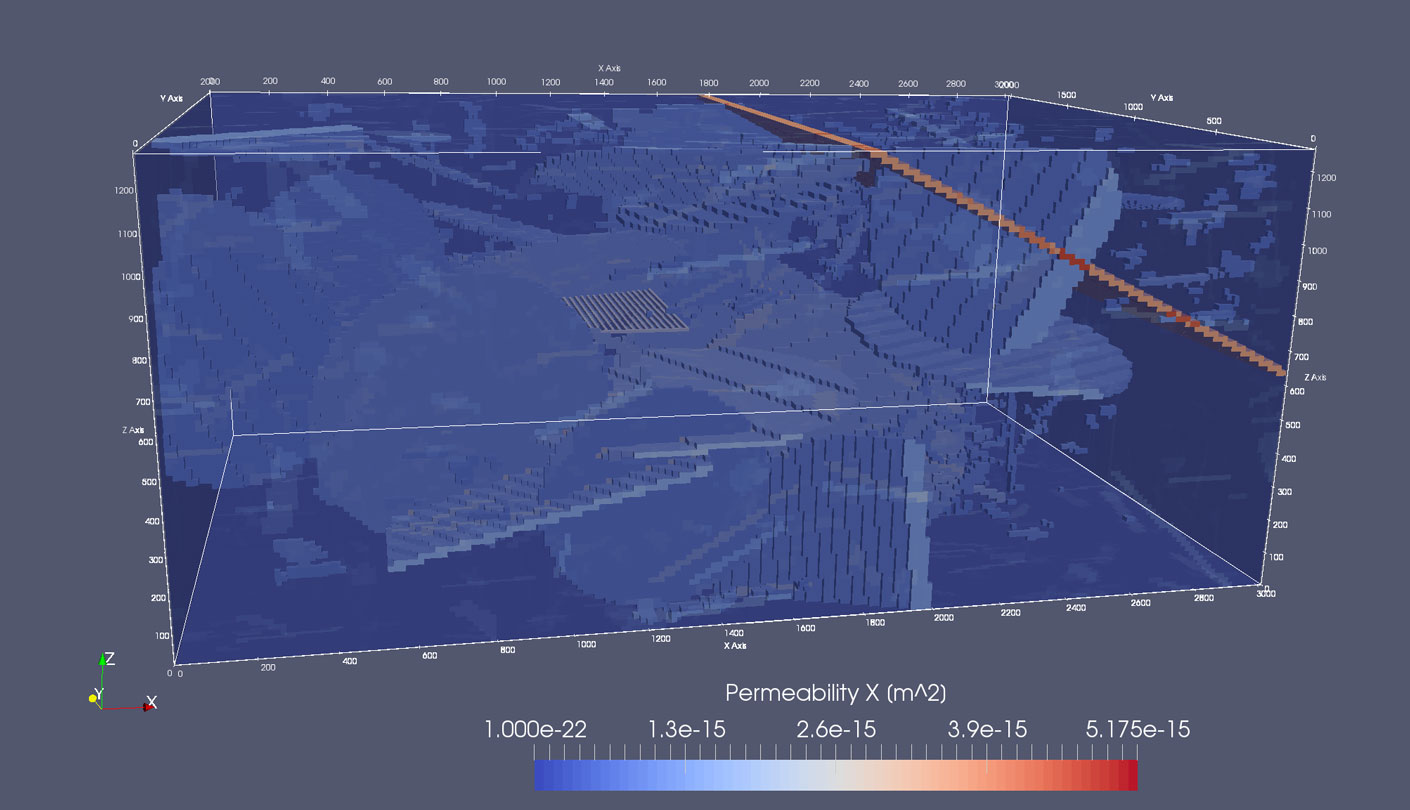
The primary objectives of Task F are to build confidence in the models, methods, and software used for performance assessment (PA) of deep geologic repositories, to bring to the fore additional research and development needed to improve PA methodologies, and to cultivate awareness of international PA practices among participating countries and teams. More »